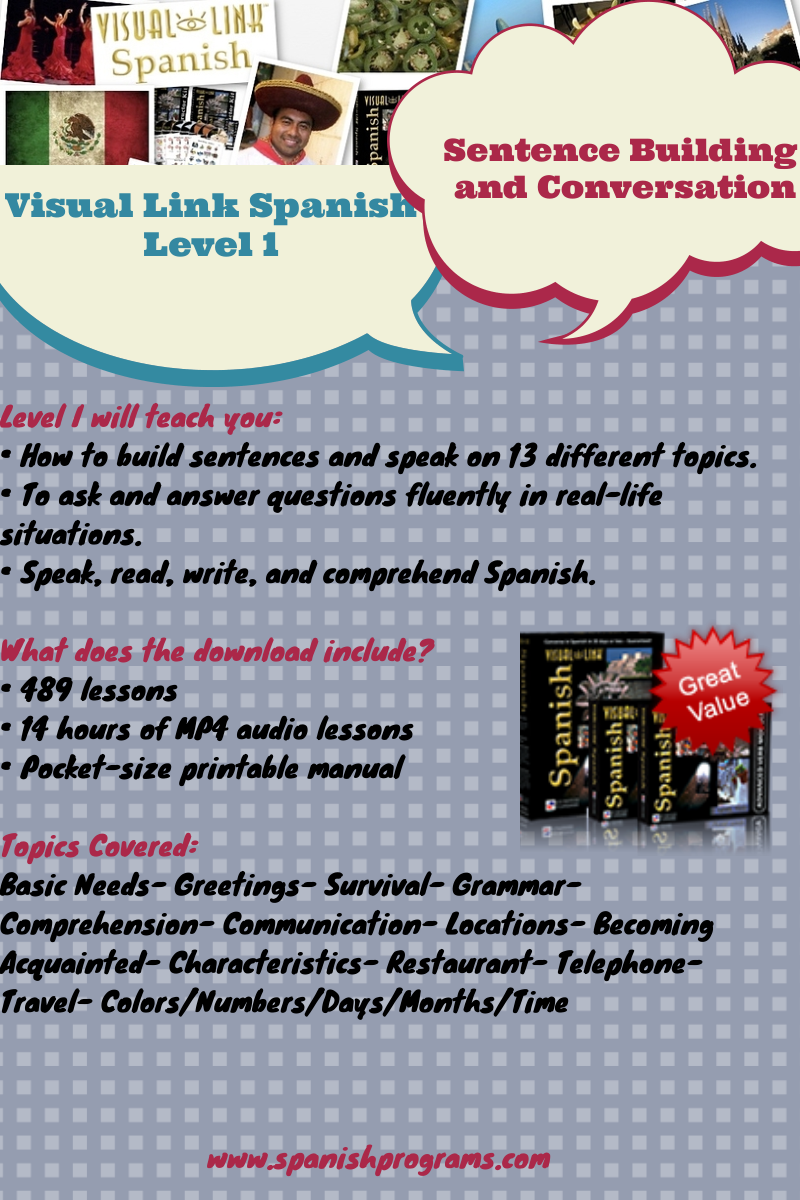Learning a foreign language is exciting! Soon enough, every learner understands that not everything can be translated directly and there can be double meanings, so language learners need to understand the difference in meanings of seemingly similar words.
Ser and estar (the pair of verbs that both mean ‘to be’ in Spanish) are not the only example. Do you know verbs saber and conocer? They fall into the same category and both verbs mean “to know.” Yet, they are different in a way that does not exist in English.
Saber is used in the context of knowing information, ideas or how to do something.
Conocer is used in the context of knowing a person or a place, or to be familiar with something (software, for example).
For example:
e.g., “Yo sé como cocinar.” I know how to cook.
e.g., “¿Conoces bien la ciudad?” Do you know the city well?
A few more examples:
¿Sabes tú leer música? – Do you know how to read music?
Yo sé escribir en español. – I know how to write in Spanish.
Ellos saben jugar a las cartas. – They know how to play cards.
¡No sé! – I don’t know!
Ellos conocen el sitio donde van a tener el concierto. – They know the site where they’re going to have the concert.
Conozco este modelo, como casi lo compré anteriormente. – I know this model, as I almost bought it previously.
No conozco al abuelo de Estefanía. – I don’t know Stephanie’s grandfather.
Want to learn Spanish verbs? Check out our courses:
Introductory Spanish Verbs
Advanced Spanish Verbs








 Ho-ho-ho! It’s the Festive Season, and Christmas is just a day away! How about getting a quick Spanish practice while you’re waiting for Santa? Below, we give you a simple excerpt about Christmas and New Year in Spain. Of course, it’s written in Spanish, but the level of difficulty is perfect for intermediate language learners. The vocabulary is easy, and, again, it’s Christmas! Why don’t you try reading it and let us know how much you understand :).
Ho-ho-ho! It’s the Festive Season, and Christmas is just a day away! How about getting a quick Spanish practice while you’re waiting for Santa? Below, we give you a simple excerpt about Christmas and New Year in Spain. Of course, it’s written in Spanish, but the level of difficulty is perfect for intermediate language learners. The vocabulary is easy, and, again, it’s Christmas! Why don’t you try reading it and let us know how much you understand :). Hola amigos, 10 palabras is back with a quick vocabulary lesson. Let’s learn 10 words about weather and weather conditions:
Hola amigos, 10 palabras is back with a quick vocabulary lesson. Let’s learn 10 words about weather and weather conditions: We know you’ve been waiting for it, and here it is! Summer sale has arrived, bringing you the amazing half price deal for all Visual Link Spanish courses and bundles! Simply type in promo code JULY50 at the checkout page at
We know you’ve been waiting for it, and here it is! Summer sale has arrived, bringing you the amazing half price deal for all Visual Link Spanish courses and bundles! Simply type in promo code JULY50 at the checkout page at 


